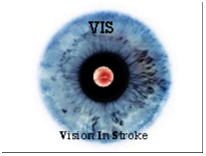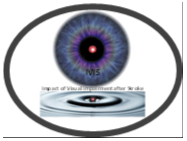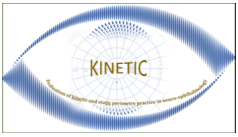|
The University of Liverpool |
|
Professor Fiona Rowe |

|
Home |



|
Contact |

|
Research |


Stroke Research www.vision-research.co.ukVision in Stroke (VIS) Study
Impact of Visual Impairment after Stroke (IVIS) Study – Impact (IVISii) Study – Health Inequalities Study
Visual Impairment Screening Assessment (VISA) Study
Vision-FAST (V-FAST) Study
Visual Impairment Screening Assessment Plus (VISA+) Study
Visual Impairment in Stroke: Intervention or Not (VISION) Trial
Scanning Eye Training as a Rehabilitation Choice for Hemianopia (SEARCH) Trial
Kinetic visual field evaluation in neurological conditions (KINETIC) Study
Core Outcome Sets for Amblyopia, Strabismus and Ocular Motility Disorders (COSAMS) Study
Hemianopia Adaptation (HAST) Study |







